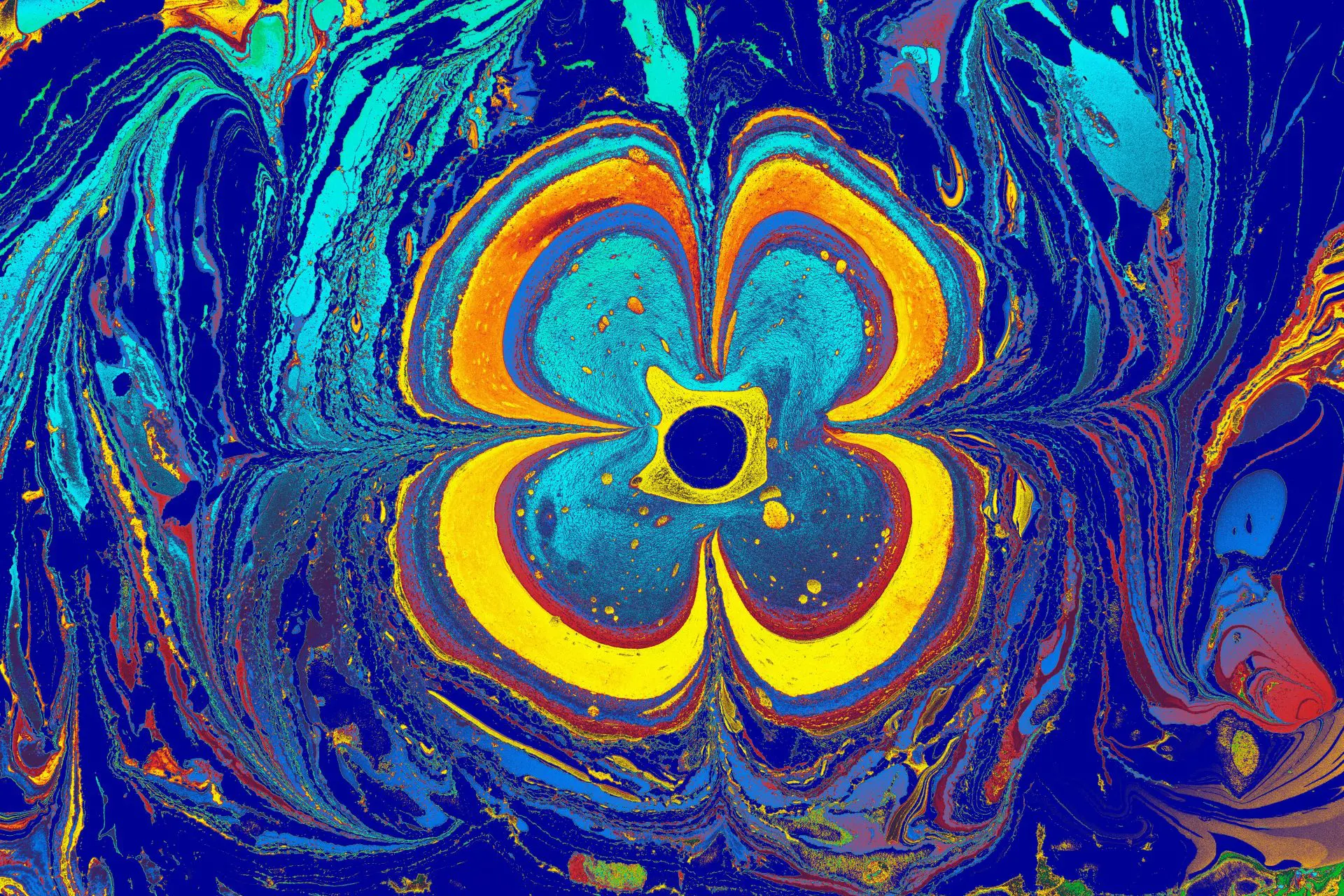Parvati: Consort of Shiva and Mother Goddess

Looking for more amazing products? Check out our online store and explore our collection here! Happy shopping!
Before diving in, please note: This post is for informational purposes only. If you’d like to know more about how we approach topics, feel free to check out our friendly Disclaimer Page.
Hey there, amazing readers! 
We’re committed to delivering quality posts, and your support (even just sticking around despite the ads) means everything to us. So, bear with us, and thanks for helping us keep the good vibes rolling. Now, on to the fun stuff!
TRANSLATE BUTTON AT THE END OF THE ARTICLE
Introduction: The Divine Goddess Parvati
In Hindu mythology, Parvati is revered as the goddess of love, fertility, and devotion, as well as the consort of Lord Shiva, the destroyer in the Hindu triumvirate.
Parvati is considered the embodiment of beauty, grace, and power, representing the ideal wife, mother, and divine feminine energy.
Her presence is believed to bring harmony, protection, and prosperity to her devotees.
Parvati’s significance in Hinduism is profound, as she plays a vital role in various myths, rituals, and festivals.
Let us delve into the rich tapestry of Parvati’s origins, symbolism, and worship in Hindu culture.
Origins and Mythology of Parvati
Parvati’s origins can be traced back to the Hindu scriptures, where she is described as the daughter of Himavan, the king of the mountains.
Born as Parvati, she was initially known as Sati, the daughter of Daksha, a powerful deity.
Sati’s devotion and love for Lord Shiva led her to undergo immense hardships to win his affection.
After sacrificing herself in a ceremonial fire due to her father’s disrespect towards Shiva, Sati was reborn as Parvati, determined to reunite with her beloved.
Relationship with Lord Shiva
Parvati’s union with Lord Shiva is a central theme in Hindu mythology, symbolizing the balance of masculine and feminine energies in the universe.
Their relationship is depicted as an eternal bond of love, respect, and understanding.
Parvati’s unwavering devotion to Shiva is seen as a source of strength and stability for the entire cosmos.
Together, they embody the concept of Ardhanarishvara, a divine being that is half male and half female, representing the complementary forces of creation and destruction.
Symbolism and Attributes of Parvati
Parvati is often depicted with various symbols and attributes that highlight her multifaceted nature.
She is commonly shown riding a lion or tiger, symbolizing her courage and ferocity.
Her four arms represent her omnipresence and ability to protect her devotees from all directions.
Parvati’s association with fertility is symbolized by her holding a sugarcane bow and a flower arrow, signifying her role in the cycle of birth and renewal.
Depictions of Parvati in Hindu Art
In Hindu art, Parvati is portrayed in various forms and poses, each carrying a specific meaning and significance.
She is often depicted as a serene and graceful goddess with a gentle smile, representing her nurturing and caring nature.
Parvati’s iconography reflects her role as the mother goddess, embodying love, compassion, and maternal instincts.
Artists throughout history have captured her beauty and divinity through intricate sculptures, paintings, and carvings in temples and shrines dedicated to her worship.
Parvati as the Mother Goddess
Parvati is revered as the ultimate mother goddess in Hinduism, embodying the qualities of nurturing, protection, and unconditional love.
She is often depicted with her sons, Lord Ganesha and Lord Kartikeya, symbolizing her role as a caring and devoted mother.
Parvati’s maternal energy is believed to encompass all living beings, providing solace, guidance, and support to those in need.
Devotees seek her blessings for fertility, childbirth, and familial harmony, recognizing her as the divine source of life and creation.
Different Forms and Avatars of Parvati
Parvati is worshipped in various forms and avatars across different regions of India and beyond.
As Durga, she embodies fierce warrior energy, battling evil forces to restore peace and order.
As Kali, she represents the darker aspects of existence, symbolizing destruction and transformation.
Parvati’s diverse manifestations reflect the complexity of the human experience and the divine interplay of light and darkness in the universe.
Temples and Festivals Dedicated to Parvati
Numerous temples and festivals are dedicated to the worship of Goddess Parvati in India and around the world.
The Amarnath Temple in Jammu and Kashmir, the Kamakhya Temple in Assam, and the Meenakshi Temple in Tamil Nadu are renowned pilgrimage sites where devotees pay homage to Parvati in her various forms.
Festivals like Navratri, Durga Puja, and Kali Puja celebrate Parvati’s victory over evil and her benevolent presence in the lives of her devotees.
Stories and Legends about Parvati
Mythological tales surrounding Parvati abound in Hindu scriptures, each revealing a different aspect of her character and divine powers.
The story of her marriage to Lord Shiva, the birth of her sons, and her role in assisting gods and humans in their quests are popular narratives that highlight Parvati’s compassion, wisdom, and strength.
Legends like the Churning of the Ocean, the defeat of demons by Durga, and the slaying of Mahishasura showcase Parvati’s valor and determination in overcoming adversity.
Parvati’s Role in Hinduism and Spirituality
Parvati’s presence in Hinduism extends beyond being the consort of Lord Shiva; she is revered as a powerful deity in her own right, embodying the essence of divine femininity and cosmic balance.
Her teachings on devotion, righteousness, and selflessness serve as guiding principles for spiritual seekers seeking enlightenment and inner peace.
Parvati’s influence in shaping Hindu theology, ethics, and morality underscores her significance as a source of inspiration and wisdom for generations to come.
Parvati in Popular Culture and Modern Day
In modern times, Parvati’s legacy continues to inspire artists, writers, and thinkers across various mediums.
Her depiction in literature, films, and music often reflects her timeless appeal as a symbol of strength, beauty, and resilience.
Parvati’s image as a nurturing mother, devoted wife, and fierce warrior resonates with audiences seeking empowerment, guidance, and comfort in a rapidly changing world.
Through her enduring presence in popular culture, Parvati remains a beloved figure who transcends boundaries of time and space.
Conclusion: The Enduring Legacy of Goddess Parvati
In conclusion, the goddess Parvati occupies a central place in Hindu mythology, spirituality, and culture, embodying the divine qualities of love, devotion, and strength.
Her relationship with Lord Shiva symbolizes the eternal dance of creation and destruction, highlighting the interconnectedness of all life forms in the universe.
Parvati’s multifaceted nature as a mother, wife, and warrior goddess reflects the complexity of human experience and the eternal quest for self-realization and enlightenment.
As devotees continue to worship and honor her through rituals, prayers, and festivals, Parvati’s enduring legacy as the mother goddess and divine consort remains an integral part of the Hindu pantheon, guiding believers towards spiritual growth, harmony, and inner peace.

The Enlightenment Journey is a remarkable collection of writings authored by a distinguished group of experts in the fields of spirituality, new age, and esoteric knowledge.
This anthology features a diverse assembly of well-experienced authors who bring their profound insights and credible perspectives to the forefront.
Each contributor possesses a wealth of knowledge and wisdom, making them authorities in their respective domains.
Together, they offer readers a transformative journey into the realms of spiritual growth, self-discovery, and esoteric enlightenment.
The Enlightenment Journey is a testament to the collective expertise of these luminaries, providing readers with a rich tapestry of ideas and information to illuminate their spiritual path.
Our Diverse Expertise
While our primary focus is on spirituality and esotericism, we are equally passionate about exploring a wide range of other topics and niches 

To ensure we provide the most accurate and valuable insights, we collaborate with trusted experts in their respective domains 
Our blog originally focused on spirituality and metaphysics, but we’ve since expanded to cover a wide range of niches. Don’t worry—we continue to publish a lot of articles on spirituality! Frequently visit our blog to explore our diverse content and stay tuned for more insightful reads.
Hey there, amazing reader! 
Check out our store here and take a peek at some of our featured products below! Thanks for being awesome!










